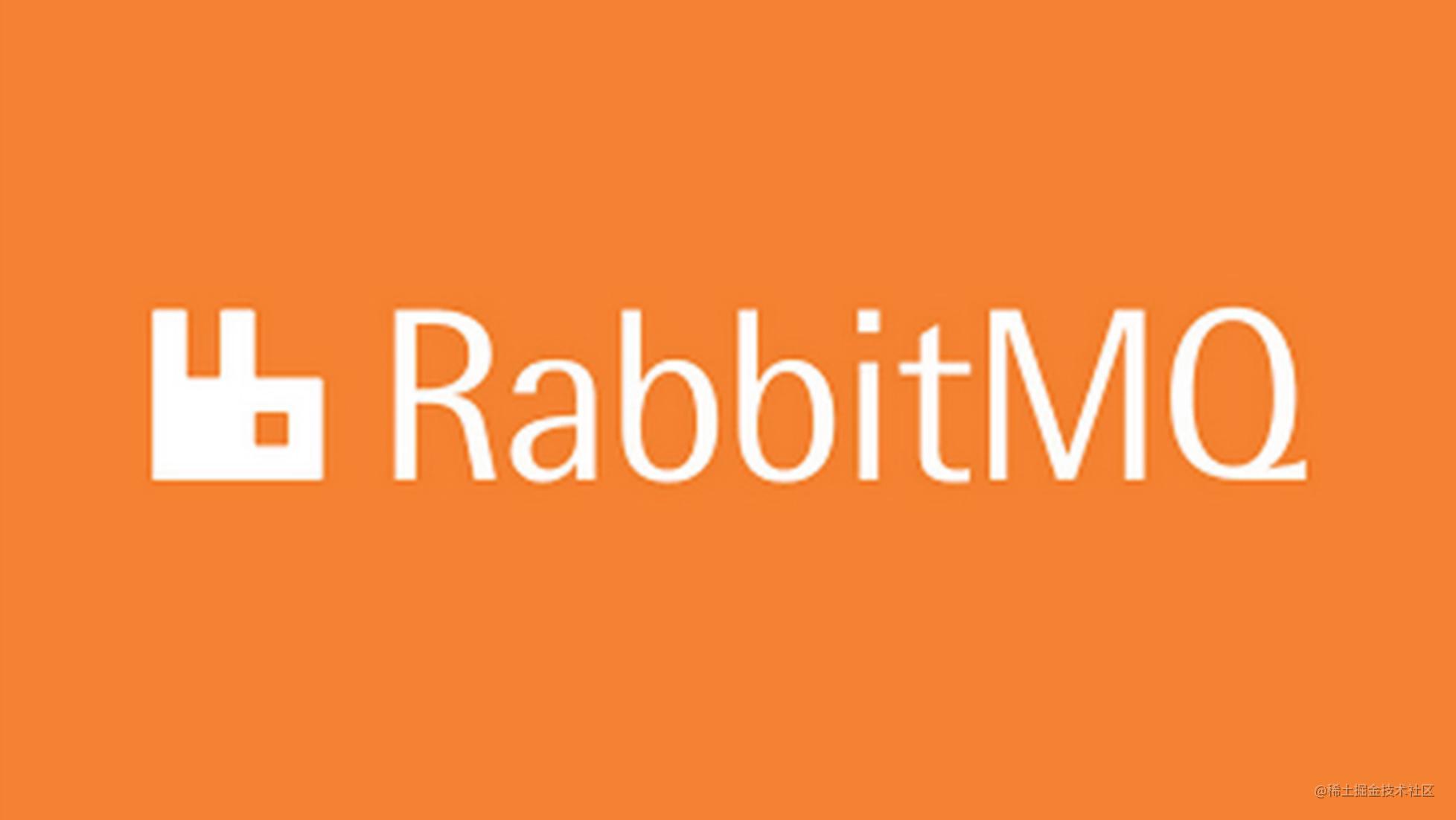计算机专业英语
计算机专业英语
Waterfall model 瀑布模型
Progress is seen as flowing steadily downwards through the phases of requirements analysis,design,implementation,testing,and maintenance.
Data Mining 数据挖掘
Several types of analytical software are available:statistics,machine learning,and neural networks.
Five types of relationships are sought:
- Classes analysis 分类分析
- Cluster analysis 聚类分析
- Association analysis 关联分析
- Outlier analysis 孤立点分析
- Sequential pattern analysis 序列模式分析
段落翻译
- HarmonyOS 鸿蒙系统
Huawei HarmonyOS is an operating system officially launched by Huawei at the Huawei Developer Conference(HDC) held in Dongguan on August 9,2019,as part of its broader push to solve China’s problem of lacking homegrown operating systems for fundamental digital technologies.
作为其更广泛努力解决中国缺乏基础数字技术本土操作系统问题的一部分。
HarmonyOS is a new distributed operating system oriented to the whole scence,creating a super virual terminal interconnected world,connecting people ,equipment and scene organically,realizing rapid discovery,rapid connection,hardware mutual assistance and resource sharing of various intalligent terminals that consumers come into contact with in the whole scene of life.
HarmonyOS是面向全场景的新型分布式操作系统,打造了一个超级虚拟终端互联世界,将人、设备、场景有机地连接在一起,实现了消费者在生活全场景中接触到的各种智能终端的快速发现、快速连接、硬件互助和资源共享。
On September 10,2020,Huawei said that its in-house operating system HarmonyOS would be used in smartphones next year,marking a breakthrough in Chinese companies’ efforts to commercialize self-developed operating system and to build their own globally competive software ecosystems.The number of developers of HMS stood at over 1.8 million and the mobile applications integrated whit HMS so far have exceeded 96,000.
2020年9月10日,华为表示,其自有操作系统HarmonyOS将于明年用于智能手机,这标志着中国公司在将自主开发的操作系统商业化和构建自己的具有全球竞争力的软件生态系统方面取得了突破。HMS的开发者人数超过180万,到目前为止,与HMS集成的移动应用程序已经超过9.6万。
HarmonyOS is already used in Huawei’s smart TV products.With the upgrade of the system,and will be used in smartwatches,personal computers and other Internet of Things(IoT) devices later.
HarmonyOS已经在华为的智能电视产品中使用。随着系统的升级,并将在未来用于智能手表、个人电脑和其他物联网(IoT)设备。
Huawei has also promised to make HarmonyOS open source,which means anyone can freely examine the system specification to make sure there’s no problem.The code for small Internet of Things devices with 128 megabytes or less storage is available now.The code for larger device will be freely published in April 2021,and the remaining code will be available for download by October 2021.
华为还承诺将HarmonyOS开源,这意味着任何人都可以自由检查系统规范,以确保没有问题。128MB或更小存储空间的小型物联网设备的代码现已可用。较大设备的代码将于2021年4月免费发布,其余代码将于2021年10月供下载。
Google is the most popular search engine with a stunning 91.42% market share.It holds first place in search with a difference of 88.28% from second in place Bing.According to statistics from Statista and StatCounter,Google is dominating the market in all countries on any device(desptop,mobile,and tablet).
谷歌是最受欢迎的搜索引擎,拥有惊人的91.42%的市场份额。谷歌以88.28%的差距位居搜索引擎首位,与第二位的必应相差88.28%。根据Statista和StatCounter的统计数据,谷歌在所有国家的任何设备(Deptop、移动设备和平板电脑)上都主导着市场。
What made Google the most popular and trusted search engine is the quality of its search results.Google is using sophisticated algorithms to present the most accurate results to the user.
谷歌之所以成为最受欢迎和最值得信赖的搜索引擎,是因为其搜索结果的质量。谷歌正在使用复杂的算法将最准确的结果呈现给用户。
Google’s founders Larry Page and Serey Brin came up with the idea that websites referenced by other websites are more important than others and thus deserv a higher ranking in the search results.
谷歌创始人拉里·佩奇和塞利·布林提出了一个想法,即被其他网站引用的网站比其他网站更重要,因此应该在搜索结果中获得更高的排名。
Over the years the Google ranking algorithm has been enriched with hundreds of other factors (including the help of machine learning) and still remains the most reliable way to find exactly what you are looking for on the Internet.
多年来,Google排名算法已经丰富了数百个其他因素(包括机器学习的帮助),并且仍然是在互联网上准确找到您正在寻找的内容的最可靠方法。
Router
Sometimes,however,the networks to be connected have incompatible characteristics.For instance ,the characteristics of a WIFI network are not readily compatible with an Ethernet network.In these cases the networks must be connected in a manner that builds a network of networks,known as an internet,in which the original networks their individuality and continue to function as autonomous networks .The connection between networks to form an internet is handled by devices known as routers,which are special purpose computers used for forwarding messages.
然而,有时要连接的网络具有不兼容的特性。例如,WiFi网络的特性不容易与以太网络兼容。在这些情况下,网络必须以一种建立网络网络的方式连接,称为因特网,在该网络中,原始网络具有其个性并继续作为自治网络起作用。网络之间的连接形成因特网由称为路由器的设备来处理,该设备是用于转发消息的专用计算机。
CPU
- the arithmetic / logic unit 算术逻辑单元
- the control unit 控制单元
- the register unit 寄存单元
五层模型
- Application Layer
- Transport Layer
- Internet Layer
- Link Layer
- Physical Layer
Application Layer: This topmost layer enables software applications to communicate over a network. It provides protocols that applications use to exchange data, like HTTP for web browsing and SMTP for email.
这一最顶层使软件应用程序能够通过网络进行通信。它提供了应用程序用来交换数据的协议,比如用于网页浏览的HTTP和用于电子邮件的SMTP。
Transport Layer: This layer is responsible for the reliable transmission of data segments between points on a network, including error checking and data flow control. Protocols like TCP (Transmission Control Protocol) and UDP (User Datagram Protocol) operate at this layer.
这一层负责在网络上的点之间可靠地传输数据段,包括错误检查和数据流控制。像TCP(传输控制协议)和UDP(用户数据报协议)这样的协议在这一层运行。
Internet Layer: This layer handles the routing of data packets across networks. The most famous protocol at this level is the Internet Protocol (IP), which is responsible for addressing and routing packets so they can travel between devices on different networks.
这一层处理数据包在网络上的路由。这一层最著名的协议是互联网协议(IP),它负责寻址和路由数据包,使它们可以在不同网络上的设备之间传输。
Link Layer: Also known as the Data Link Layer, this layer is concerned with the network-specific transmission of data and handles the movement of packets between devices on the same network. This layer includes protocols like Ethernet and WiFi.
也称为数据链路层,该层负责特定于网络的数据传输,并处理同一网络中的设备之间的数据包移动。这一层包括以太网和WiFi等协议。
Physical Layer: The foundational layer, it is responsible for the physical transmission of data over network communication media. It translates the digital data into electrical, radio, or optical signals. For example, this layer would determine how bits are modulated onto signals transmitted over Ethernet cables or through wireless connections.
基础层负责通过网络通信介质进行数据的物理传输。它将数字数据转换成电信号、无线电信号或光信号。例如,这一层将确定如何将位调制到通过以太网电缆或通过无线连接传输的信号上。
云计算五大特征
- On-Demand Self-Service
- Broad Network Access
- Resource Pooling
- Rapid Elasticity
- Metered Service
On-Demand Self-Service: Users can automatically provision computing resources like server time and network storage without requiring human interaction with service providers.
用户可以自动配置服务器时间和网络存储等计算资源,而无需与服务提供商进行人工交互。
Broad Network Access: Resources are available over the network and can be accessed through standard mechanisms by diverse client platforms (e.g., mobile phones, laptops, and PDAs).
各种客户端平台(例如,移动电话、笔记本电脑和PDA)可以通过标准机制访问网络上的资源。
Resource Pooling: The provider’s computing resources are pooled to serve multiple consumers, with different physical and virtual resources dynamically assigned and reassigned according to demand.
提供者的计算资源被集中起来为多个消费者服务,不同的物理和虚拟资源根据需求动态分配和重新分配。
Rapid Elasticity: Capabilities can be elastically provisioned and released to scale rapidly outward and inward commensurate with demand, appearing to the user as unlimited resources that can be purchased in any quantity at any time.
可以灵活地配置和释放功能,以根据需求快速向外和向内扩展,在用户看来就像是可以在任何时间购买任何数量的无限资源。
Metered Service: Cloud systems automatically control and optimize resource use by leveraging a metering capability at some level of abstraction appropriate to the type of service (e.g., storage, processing, bandwidth, and active user accounts). Users are billed based on service usage.
云系统通过在适合于服务类型的某个抽象级别(例如,存储、处理、带宽和活动用户帐户)。用户根据服务使用情况付费。
SDLC(Softerware Development Life Cycle)软件生命周期
- Analysis 需求分析
- Design 设计
- implementation 实施
- Testing 测试
- Development 部署
- Maintenance 维护




